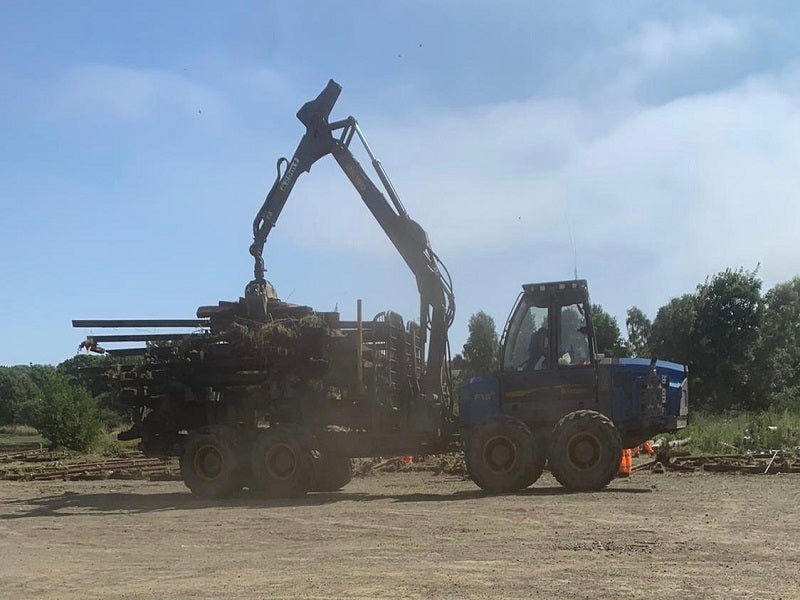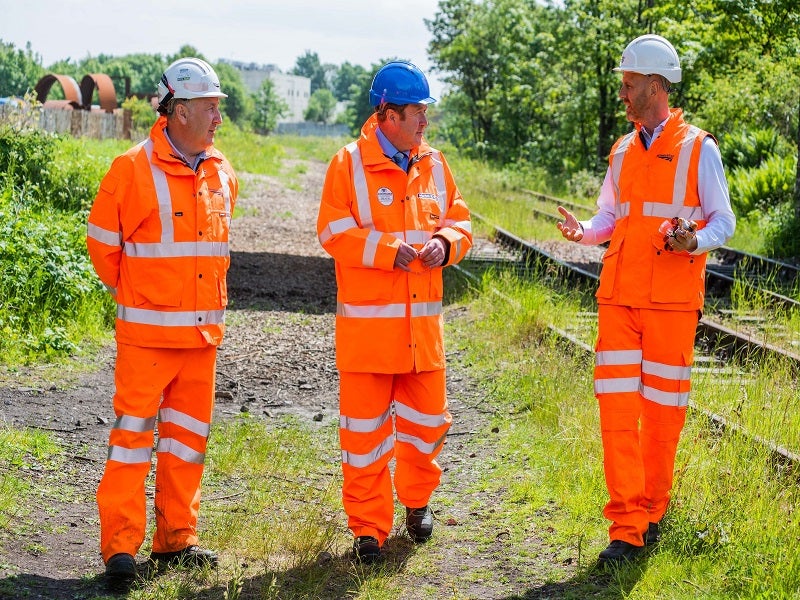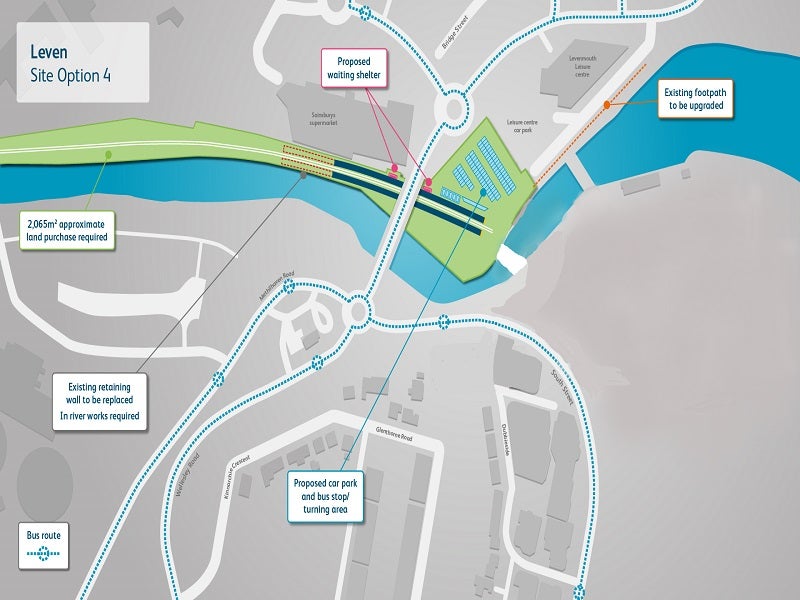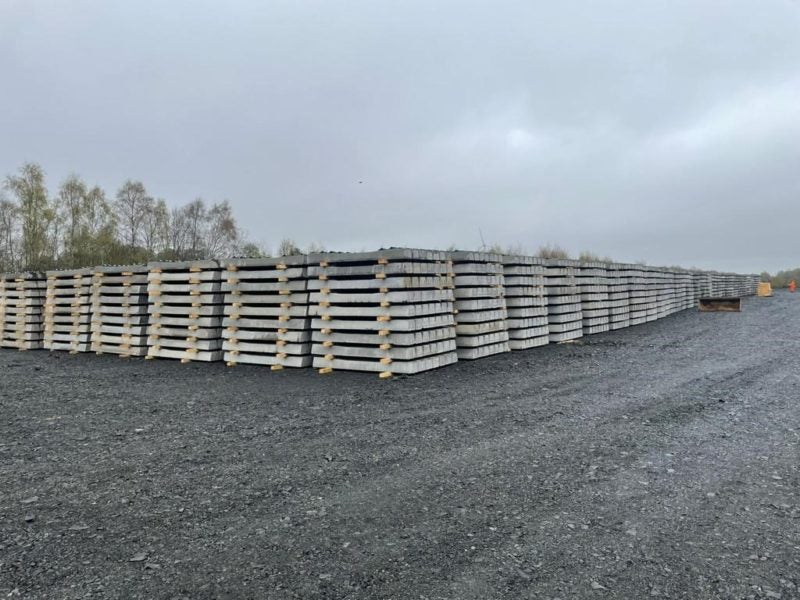The Levenmouth rail link project will restore the railway line between Thornton Junction and Leven in Fife, Scotland. It will reconnect Leven to the mainline rail network to restore passenger services to the town.
The project will link the Levenmouth area to Fife, Edinburgh and the wider rail network through new services. The Scottish Government will further improve connectivity in the area by improving bus, pedestrian and cycling connections.
Network Rail is responsible for the design and construction of the Levenmouth rail link. The estimated construction and preparation costs of the project will be approximately £116.6m ($142.6m).
The main construction work of the project started in March 2022 while the line is scheduled to be operational by March 2024.
Levenmouth rail link project background
The detailed design phase of the Levenmouth line was announced by the Scottish Government in August 2019. Public consultation for the project was completed in January 2021 while the project plans were unveiled in June 2021.
The planning applications for the development of the Cameron and Leven stations were submitted to Fife Council in October 2022.
Levenmouth rail link project details
The project will include 19km of double-track railway, partly new and partly restored. The track along the route will be electrified. Two new modern train stations will be built at Cameron Bridge and Leven as part of the project. The Cameron Bridge station will be located to the east of the A915 road while Leven station will be built behind the leisure centre at Leven.
The Cameron station will have two platforms, connected by a footbridge and serviced by lifts. It will feature more than 125 car parking spots, charging provisions for electric vehicles, disabled parking spaces and bike storage space.
The Leven station will feature an island platform, which will enable step-free entry to the station. It will be accessible from the north via an improved footpath and have around 133 car parking spots along with charging points for electric vehicles and bike storage areas.
The rail link will enable the operation of two trains an hour to Edinburgh, one via Dunfermline and another via Kirkcaldy. It will explore the possibility of optimising travel and interchange options between stations.
Construction of the Levenmouth rail link project
The old tracks along the route are being removed and either reused or recycled. The redundant equipment was offered to a range of heritage railways, while some of the assets will be reused in the construction of the new railway line.
The track works for the removal of the old disused track and redundant infrastructure from the former branch line were started in July 2021. The disused track removal and old ballast excavation will facilitate the construction of new lines in early 2022.
The line will be electrified with overhead wires, although initial services will include battery-operated electric units.
The construction of the Cameron Bridge station began in January of 2023, while the Leven station construction began in February 2023.
By September 2023, the Cameron station’s footbridge, the main framework of the steel bridge and two lift towers with a height of 11m were installed. The footbridge is 15m long and sits 6m above the track to allow for electrification.
Benefits of the Levenmouth rail link project
The railway link and other improved transportation connections will provide Leven with a direct railway link to Edinburgh, which is expected to enhance the local economy.
The electrification of the line is expected to shorten travel time. The project is expected to enable passengers to reach Edinburgh from Levenmouth in approximately 75 minutes. Further, it will provide improved access to education, cultural and employment centres.
Contractors involved
BAM Nuttall, a civil engineering company, is one of the companies involved in the construction of the Levenmouth railway link.
Other partners involved in the project are QTS, a technology infrastructure company, AmcoGiffen, a construction and engineering company and Atkins, an engineering and project management consultancy corporation.
Babcock, an engineering services company, Siemens, an industrial manufacturing company, SPL Powerlines, a railroad equipment manufacturing company and Story Contracting, a construction company, are also involved in the project.





